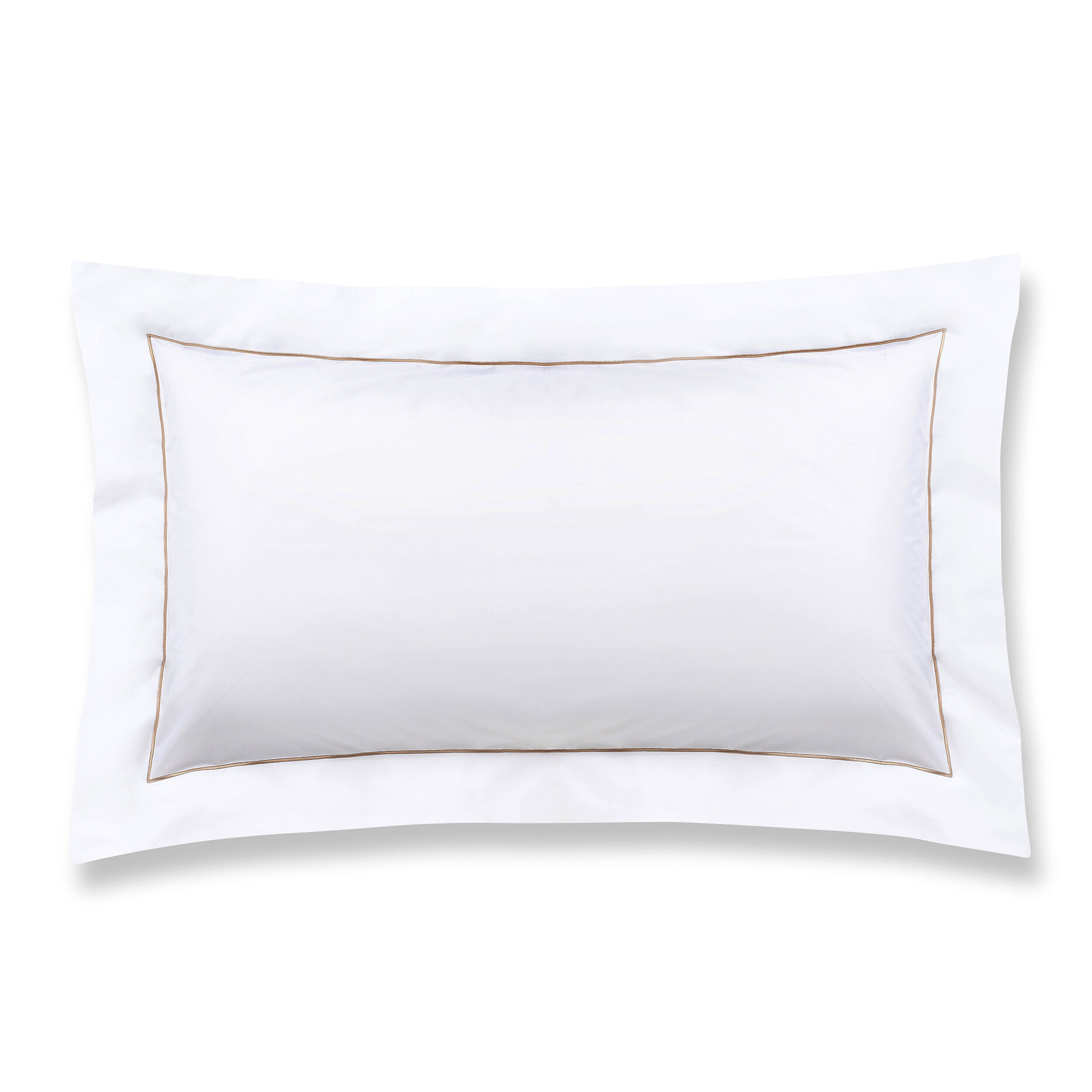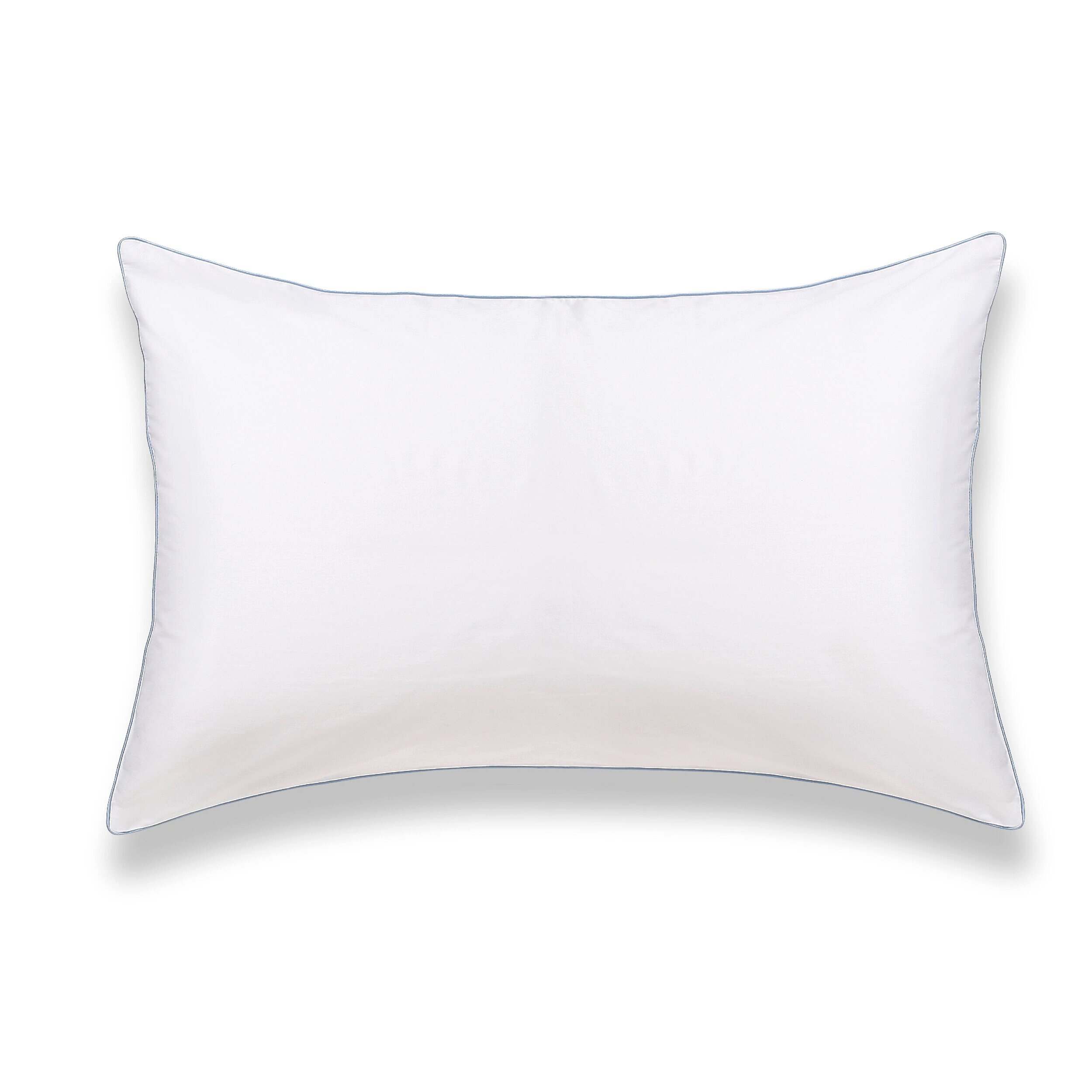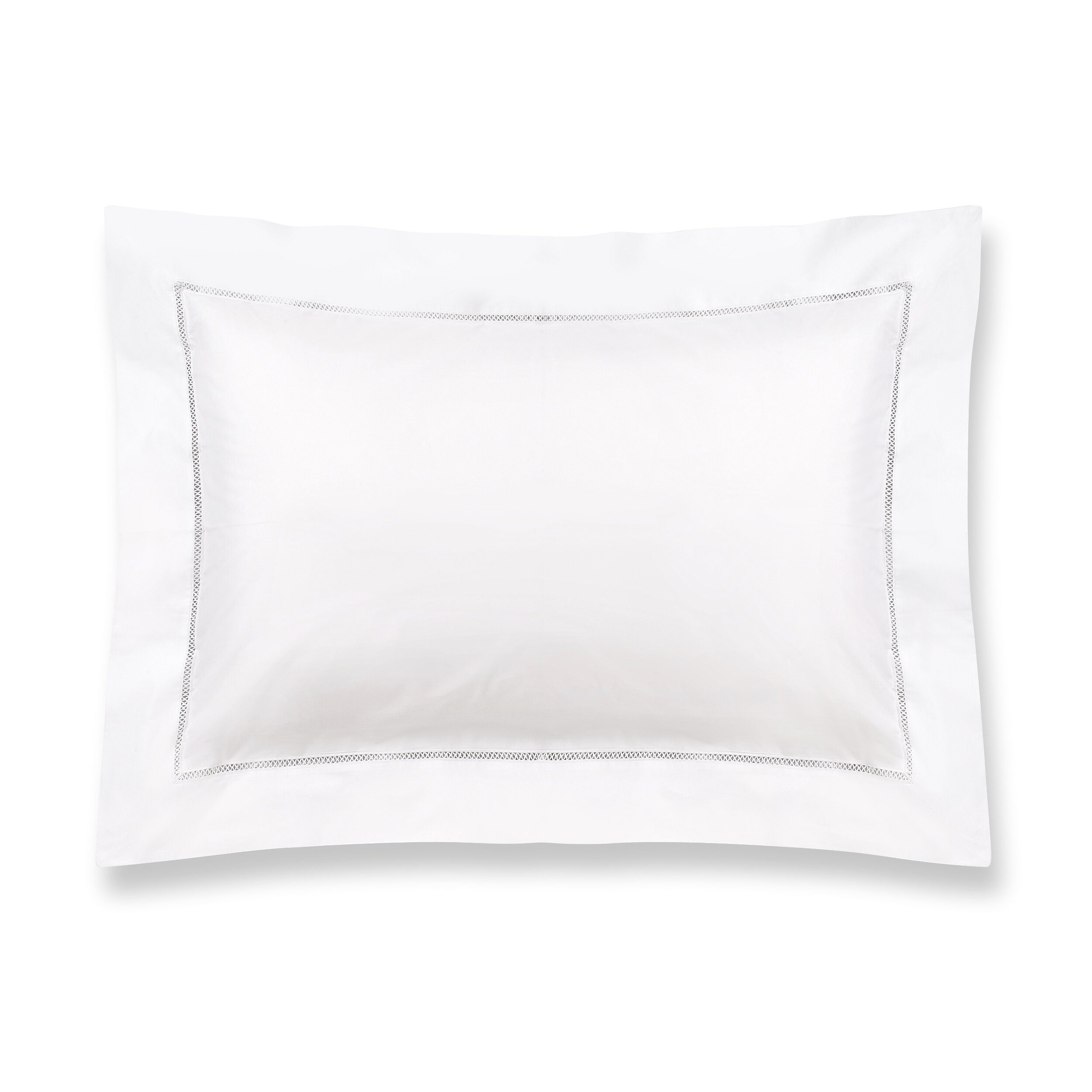An Expert’s Guide To Buying Bed Linen
From understanding thread count to the most breathable fabrics for summer, home expert Rebecca Udall shares her secrets for choosing the very best.
You can keep your locally-sourced mini bar or on-call butler reached via an app. Whether in the eves of a country house or nestled inside a city Snug, the true marker of a luxurious night’s stay inevitably begins with the bedding.
With investing in home comforts on the rise for obvious reasons, hunkering down between crisp sheets ‘neath the reassuring weight of duckdown has never been more inviting.
Yet, when it comes to buying bed linen, even the most dedicated of home-makers can find themselves marooned on an unfamiliar sea of ply and percale.
Here, founder of her eponymous homeware label, Rebecca Udall, helps us steer a safe course to the Land of Nod.
The basics
When buying any bedding the three main things to look for are staple length, where it is woven and whether it’s single ply. Good quality sheets should last five years or more and high quality European linen will last you upwards of ten years.
As a rule of thumb, look to spend the same amount on bed linen as you would on an investment coat - after all, you use it every day, in all seasons, and there is the environmental impact to consider.
Look for single-ply, woven in Europe
Where cotton is woven is important and I would choose 200 thread-count Italian woven sheets over 800 thread-count Indian woven sheets. Italian-woven cotton is the very best, with superb finishing. Portuguese woven linen is great too, and both countries have strong heritage in the industry, which is passed down between generations.
How fabric is woven has a major impact on the end product. Single ply woven cotton is the best, because it’s made without twisting the individual cotton fibres to artificially increase the thread count. With single ply you will enjoy softer, more breathable bedding and a better night’s sleep.
Crisp yet smooth against skin, Percale feels like a great cotton shirt. Closely woven for a medium weight, it is naturally longer lasting too. Lustrous, exceptionally soft and silky,
Sateen has a lustrous sheen and much softer feel. The smoothness of the weave means it can also be less inclined to crease.
Look for long staple
Staple means fibre, so the longer the fibre, the better and the more luxurious the feel. Choosing long or extra-long staple cottons has multiple benefits, from not pilling or fraying, to being less inclined to fade.
If a manufacturer does not specify ‘long staple’, this most likely means it isn’t, and over time, shorter fibres can poke out of the weave, meaning it will become coarse.
Don’t be swayed by thread count
Many retailers use thread count as the key indicator of quality, which can be confusing. Thread count simply means the weight of the fabric, i.e. the number of threads per square inch.
With single ply, a thread count of around 500-600 is very high. Saying that, we stock a 700 count made from Giza cotton, which is the absolute finest raw cotton you can buy - it is super luxurious!
For a Sateen weave, 300 is a great weight and for Percale, 200 or more is fantastic - as percale feels thicker at a lower thread count.
Cotton vs linen
For me, it has to be pure cotton: It feels great next to skin and launders well. Linen has been around since ancient times, is very durable and wicks moisture away from the body, so is a good choice in warmer climes. It can feel a little harsh at first, but does soften with time.
Washing and drying
I would always wash bed linen weekly at 40°C to maintain the cotton, but add an antibacterial laundry cleanser to detergent, as washing below 60°C won’t kill bacteria.
A traditional drying rack that allows sheets to air dry naturally year-round is ideal, if you have the space! Drying outdoors in the sun kills germs, whilst naturally lightening whites. If tumble drying is a must, select a low setting and remove sheets before they are completely dry.
Ironing and storing
Polyester or polycotton is often labelled ‘non-iron’, but still needs ironing to look crisp. It is also less breathable and soft than pure cotton, and being of lesser quality, won’t last as long.
Choosing sateen cotton that’s long staple will help, because it’s smoother. To avoid creasing, never tumble dry and you could try adding starch to your wash or even having sheets professionally pressed for visitors!
A ventilated cupboard is perfect for ensuring linen can breathe. If you are storing sheets for longer periods, refold occassionally to prevent pressure in the same folds. For ease I fold sets together and store in a pillowcase.
Style trends
I don’t think you can go wrong with classic white, perhaps with a simple scallop pique border, ladder stitch or coloured cord trim for interest. Scallop is definitely having a moment right now and we’re launching a beautiful collection with hand-applied scalloped cotton edging in white, soft pink or navy in September.
Monogramming is another way to add a personal, luxurious touch. We like to keep this discrete, with a centralised initial at the top of the pillowcase, but in the right home, bigger can definitely be better.
Favourites from Rebecca’s collection….
For more information and to explore Rebecca’s homeware, visit her website.












